La Plata
Today I went to La Plata, I had been meaning to go for a while motivated by its reputation as the "most planned" city in Argentina.
La Plata was created as the provincial capital when Buenos Aires was made Federal Capital in the 1880s. The city was founded in 1882 and is about 50km east of the capital, a short one hour, 9 peso bus trip from Retiro.
It was designed by French architect Pedro Benoit and is formed along a rigid grid with intersecting diagonals. Every 7 blocks there are parks, all the streets are numbered with very few street names. In fact it has all the things you would add to a city if you were to create it from scratch: wide roads, parks, logic, symmetry, a bit like something I'd knock up in Sim City.
The problems is that the maps and the aerial views all look fabulously logical and ordered but on the ground it's confusing. The diagonal streets threw me for a loop every time I came across one. I found it worryingly difficult to navigate, even with my map.
Apart from that, it does have some very impressive buildings. Right down the middle of the city is a row of grand civic buildings, seperated by a few blocks and parks. Mostly the usual neo-classical affair including the compulsory statue of General San Martin on a horse (is there one in every city in Argentina?). However, the Teatro Argentino knocked my socks off. The original classic Italian opera house was all but destroyed by a fire in 1977 and replaced by the extreme modernist new cultural and arts centre, completed in 1999. It's very impressive, although I understand not universally loved by the local population.
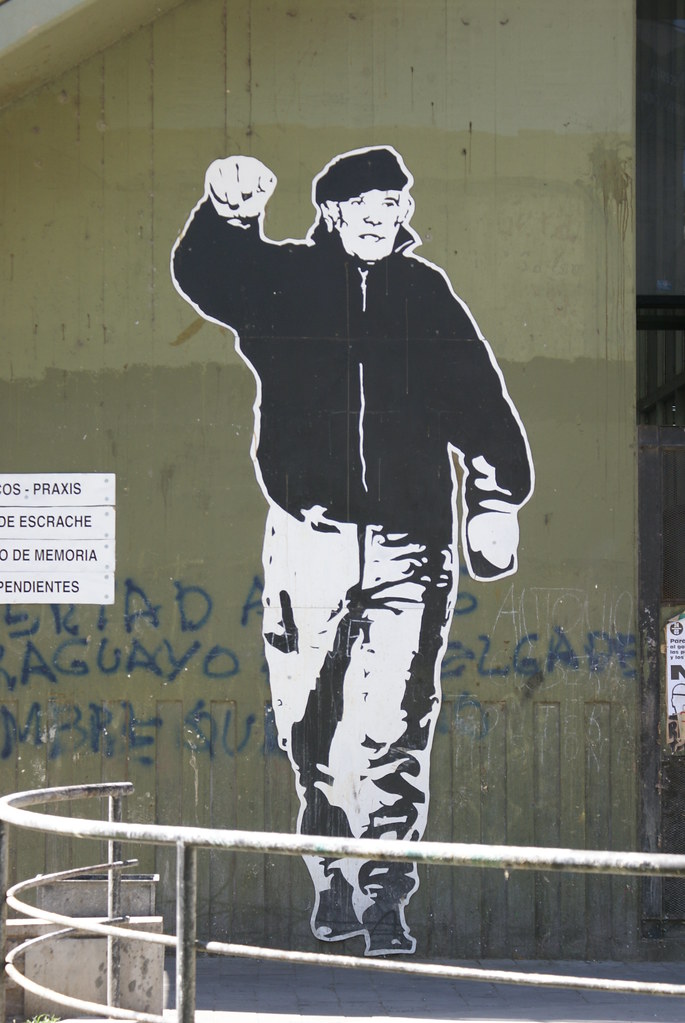
There's no shortage of grand civic buildings
La Plata was created as the provincial capital when Buenos Aires was made Federal Capital in the 1880s. The city was founded in 1882 and is about 50km east of the capital, a short one hour, 9 peso bus trip from Retiro.
It was designed by French architect Pedro Benoit and is formed along a rigid grid with intersecting diagonals. Every 7 blocks there are parks, all the streets are numbered with very few street names. In fact it has all the things you would add to a city if you were to create it from scratch: wide roads, parks, logic, symmetry, a bit like something I'd knock up in Sim City.
The problems is that the maps and the aerial views all look fabulously logical and ordered but on the ground it's confusing. The diagonal streets threw me for a loop every time I came across one. I found it worryingly difficult to navigate, even with my map.
Apart from that, it does have some very impressive buildings. Right down the middle of the city is a row of grand civic buildings, seperated by a few blocks and parks. Mostly the usual neo-classical affair including the compulsory statue of General San Martin on a horse (is there one in every city in Argentina?). However, the Teatro Argentino knocked my socks off. The original classic Italian opera house was all but destroyed by a fire in 1977 and replaced by the extreme modernist new cultural and arts centre, completed in 1999. It's very impressive, although I understand not universally loved by the local population.
Here's a short photo collection from my day out:
An important student town, there is evidence of student like activity in many places

There's no shortage of grand civic buildings
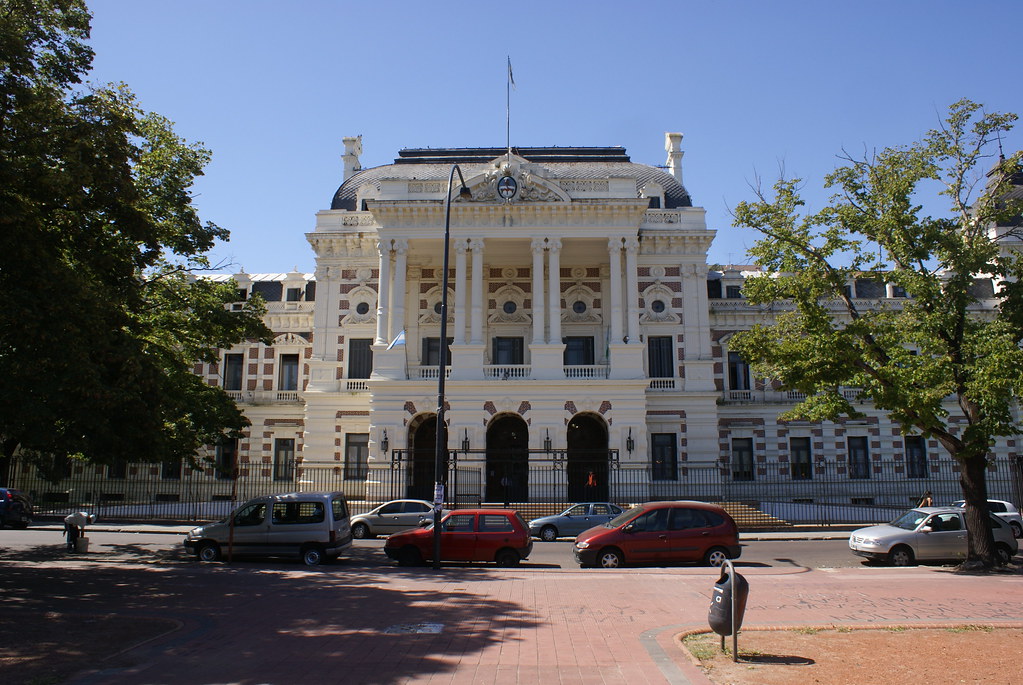
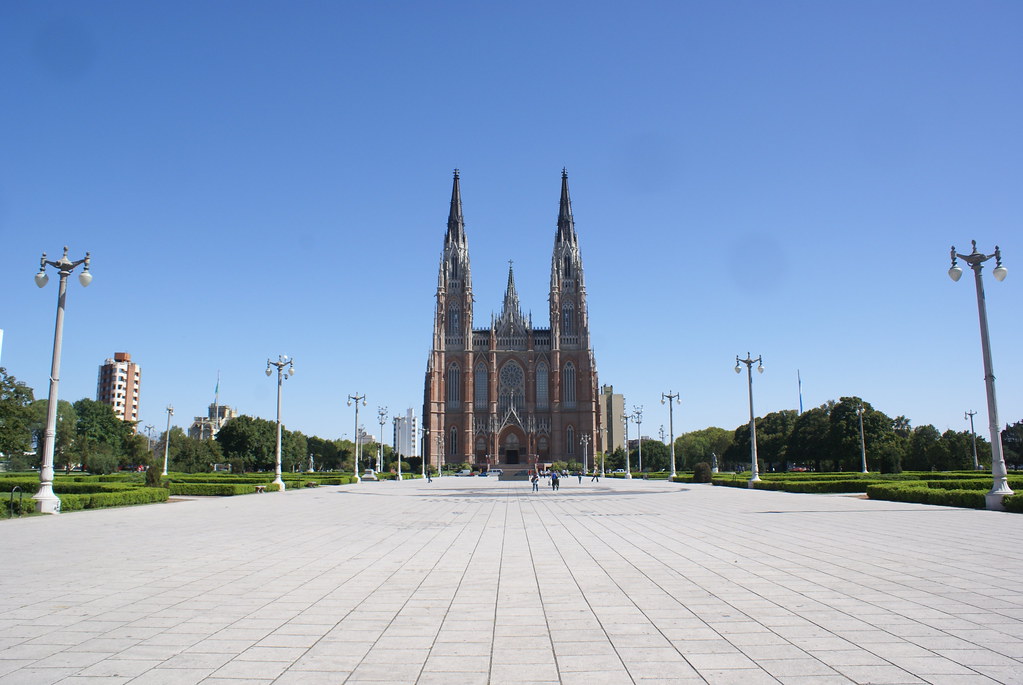
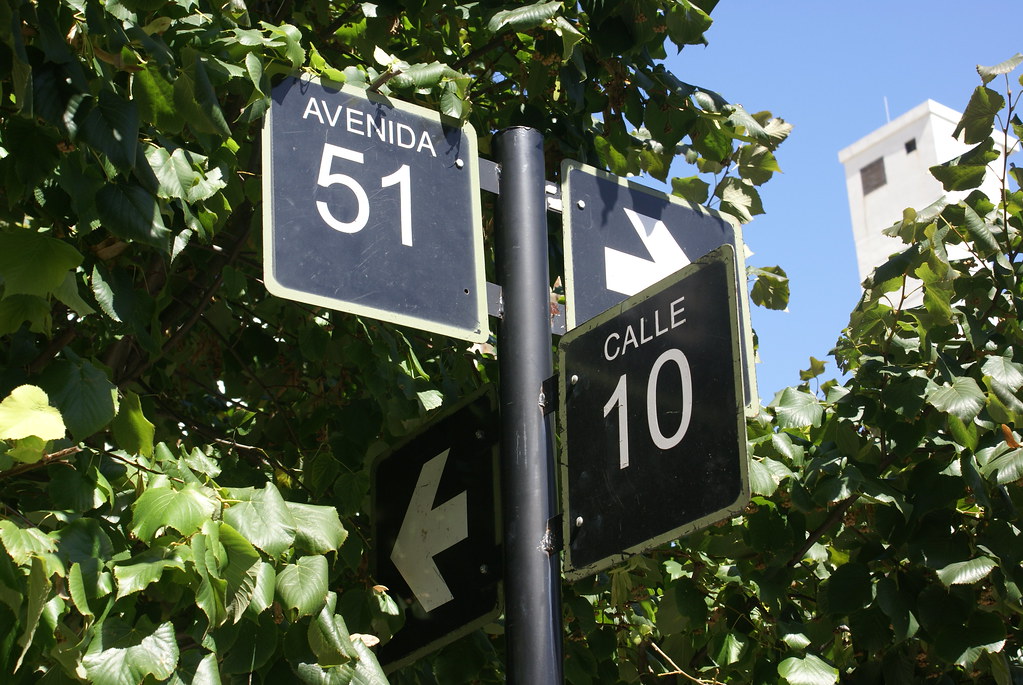
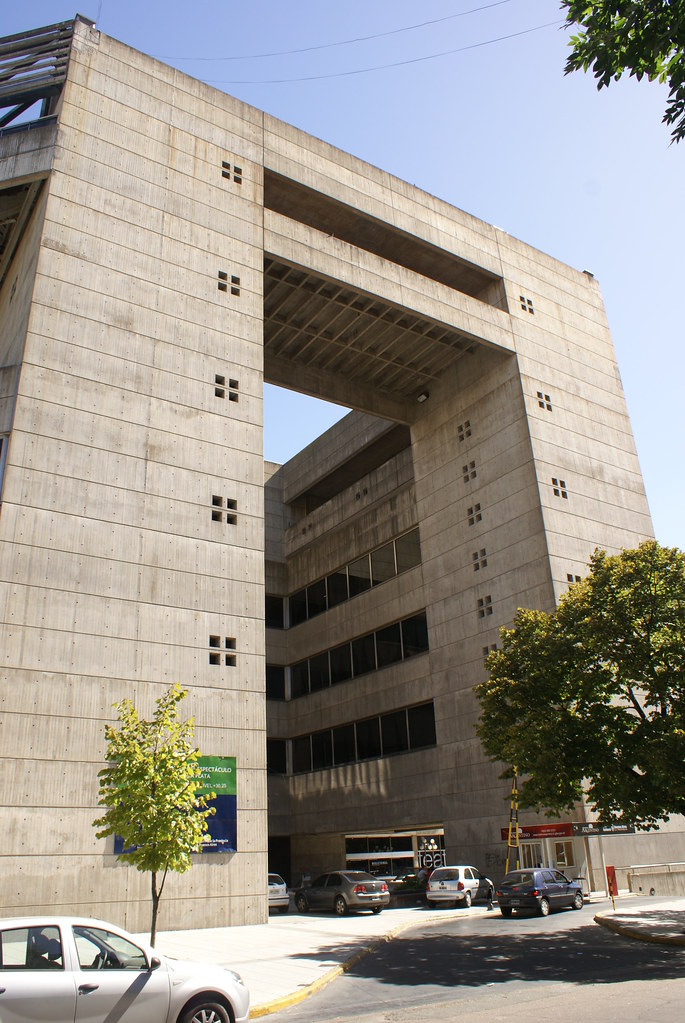
Comments